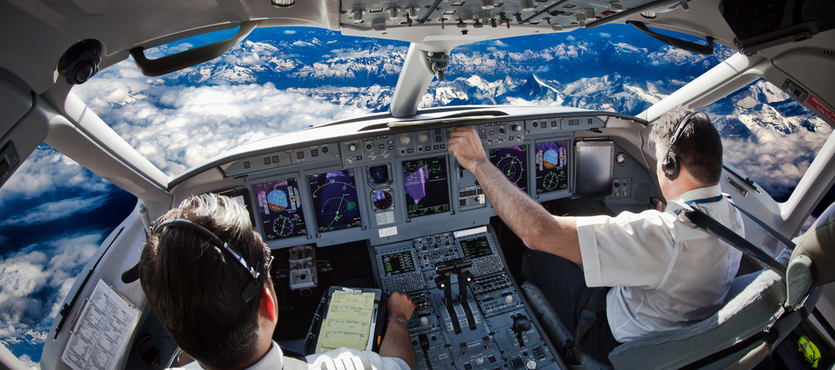Whether you are battling time to reach home before Christmas Eve or enjoying a memorable venture viewing the northern light, flying in winter is magical. However, that doesn’t make it easy, especially if you are a pilot. With the snowstorm messing with flight schedules and many travelers stranded at the airport, it can be messy.
As travelers, planning well can help you avoid all these inconveniences. But as a pilot, the situation is out of your hand. That said, here are amazing facts to note about flying during the winter:
Flying While it Snows
The normal cruising altitude for a jet is about 12km and when it comes to a commercial flight, it’s about 10km. in such an altitude, the temperature can be as low as -60oC. But that doesn’t affect the plane functions because it’s built to withstand such conditions. Therefore in cold weather such as winter, it doesn’t affect the plane. If anything, the engine performance will be exceptional due to denser air.
However, the challenge comes in when landing the plane. In the air, everything is clear and runs smoothly than even in the summer months. But on the ground, the situation is different. Taking off for a plane should be easy even with snow, however, the puzzle is in landing.
With black ice forming on the runaway, this greatly reduces the chance of the plane landing safely. In addition, heavy snowfall can reduce visibility. And this makes it hard to navigate or even identify where the runway starts and ends.
And when you think that’s all the trouble you could get, it’s not the case. One of the major challenges of flying during the winter is equipment icing. This is a situation where ice assembles on the plane surfaces.
When it’s left there, this could negatively impact the aircraft’s aerodynamics. And the result is difficulties when flying the plane. Luckily, there is something called de-icing. It’s a technique that pilots acquire from aviation schools on how to deal with ice build-up on the plane.
Winter Weather
The change of season doesn’t affect the flight schedule unless the weather is so severe and risky for aircraft. Therefore, the flights continue to operate normally during winter unless the weather intensifies. From what we’ve covered earlier, extremely cold conditions don’t affect the plane operation. Because the aircraft is build to work in such adverse conditions. But that’s not the only factor that makes it safe. There’s also the pilots up to date training and following precautions.
Does the plane cruise through or above the snowfall?
Typically, the snow falls from an altitude of 4 to 5km, which means the plane flies over it. at 10 to 12 km, the aircraft is not anywhere close to the snowfall. Therefore, you are very safe.
What happens during de-icing?
This is the process of spraying a plane or aircraft with ice build-up on the surface using de-icing liquid. This special liquid eliminates the ice on the plane surface and prevents a build-up of more ice. But the spraying is a temporary solution since the ice may build up once more later. To grasp the proper concept of de-icing, take a flight course on this.
Getting Started
Finally, grasping the knowledge of flying during winter is essential whether you are a private pilot or commercial pilot. It can come in resourceful when you least expect, especially if you are from a region that experiences winter.
But to grasp this skill well, you need the best-in-class instructor. And that’s what you get when you enroll with Airlink Flight School. Get in touch today for a flight simulation and actual plane training.

